1. The Walkman (1979)
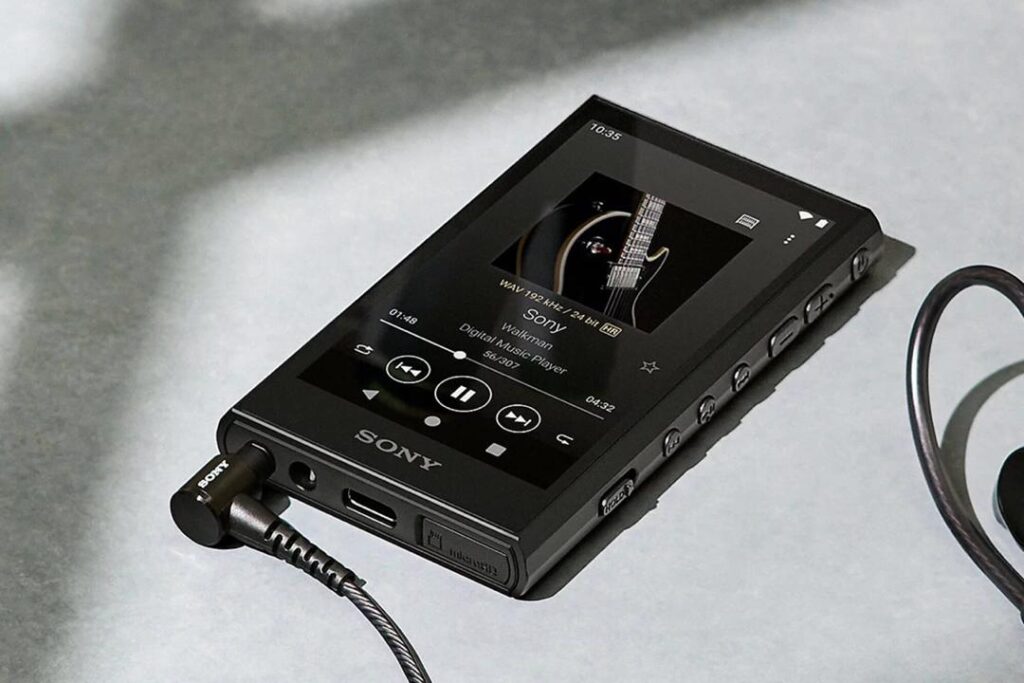
The 1970s often get pigeonholed as the decade of bell bottoms, lava lamps, and endless disco. But peel back that polyester curtain and you’ll find a period of incredible, world-defining innovation. It was the last truly “hands-on” decade before the PC era, yet it was also the moment the digital future began.
Sony’s Walkman didn’t just create a new gadget; it fundamentally changed the relationship people had with music. Before this portable cassette player, listening to music on the go was limited to clunky boomboxes or transistor radios. The Walkman, with its lightweight design and distinct orange-foam headphones, made music personal and mobile. For the first time, a teenager could carry their favorite albums anywhere, on the bus, through a park, or even on a jog, creating a soundtrack for their everyday life that was entirely their own. It broke music free from the living room stereo and the car radio, essentially creating the first mainstream portable audio device. This revolution in personalized listening paved the way for everything from the portable CD player to the iPod and the modern smartphone, defining the culture of personal technology for decades to come.
2. Post-it Notes (1974)

The genesis of the Post-it Note is a perfect example of a clever solution arising from an initial “failure.” Dr. Spencer Silver, a scientist at 3M, was trying to create a super-strong adhesive but instead produced one that was “weak” and temporary. It stuck lightly but could be peeled off without tearing the paper or leaving residue. Years later, colleague Art Fry used it to bookmark pages in his choir hymn book, which kept slipping out, sparking the idea for the small, sticky piece of paper we know today. Their pastel colors and convenient stickiness transformed office communication and brainstorming sessions, making it easy to jot reminders, mark pages, or quickly leave a temporary note. Post-its turned a simple scrap of paper into a global icon of organization and quick communication that remains essential in every office and classroom.
3. Email (1971)
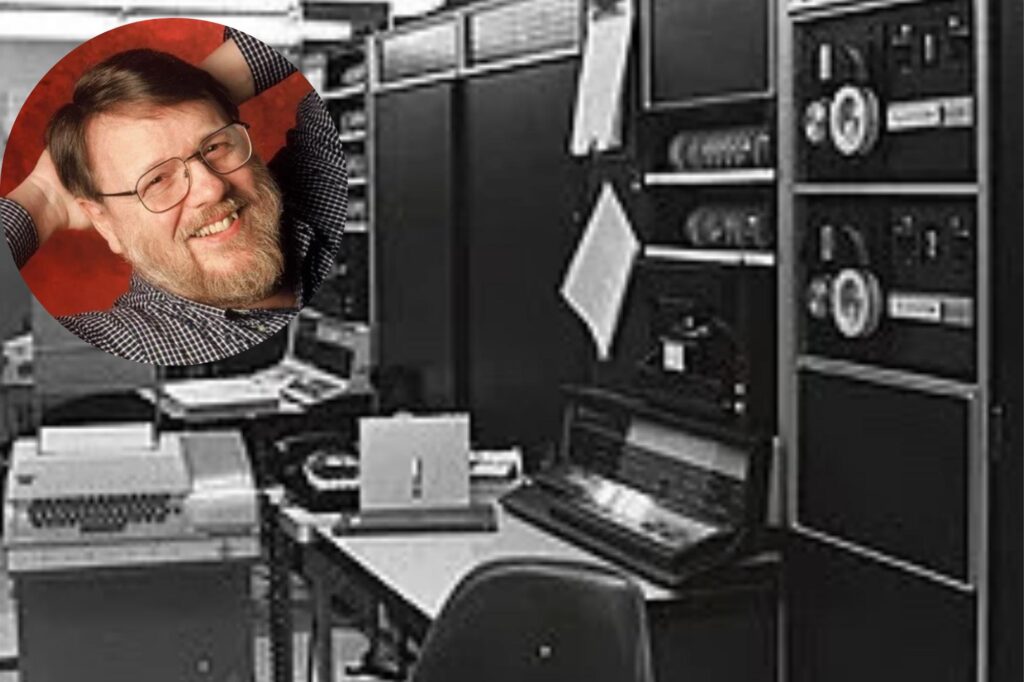
When programmer Ray Tomlinson sent the very first network message, or email, in 1971, he was simply working on a way for users of the ARPANET (the precursor to the internet) to leave messages for one another on different terminals. It was a technical experiment that nobody realized would revolutionize global communication. He is famously credited with choosing the “@” symbol to separate the user’s name from their host computer, a convention that is now one of the most recognizable symbols in the world. Born quietly as a tool for scientists and defense researchers, email rapidly replaced traditional letters, inter-office memos, and even phone calls as the primary medium for business and long-distance personal communication. The quiet birth of email in the early ’70s laid the foundation for virtually all digital messaging that followed, becoming the indispensable backbone of the connected world.
4. The Floppy Disk (1971)
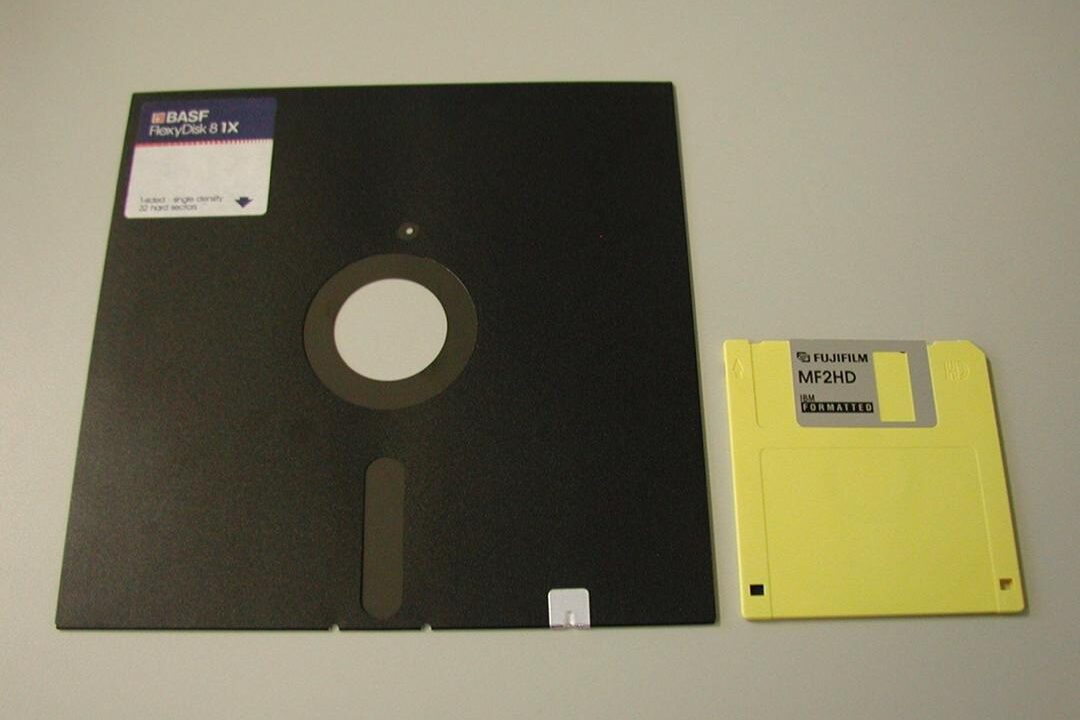
IBM’s 8-inch floppy disk (originally nicknamed the “memory disk”) was the first commercially successful medium for portable data storage. Before its arrival, data was either printed on paper or stored on clunky magnetic tape reels. The floppy disk, aptly named for its flexible, magnetic material housed in a square jacket, allowed computer data and programs to be easily transferred from one machine to another. While the initial 8-inch version was cumbersome, it soon shrank to the more manageable 5.25 and 3.5-inch formats that became a rite of passage for students, office workers, and early gamers in the 1980s and 90s, holding everything from word processing documents to early video games. Though rendered obsolete by CDs, USB drives, and cloud storage, the floppy disk’s iconic shape lives on as the nearly universal “save” icon in almost all modern software interfaces, a constant, useful digital fossil of its ’70s origins.
5. Atari 2600 (1977)
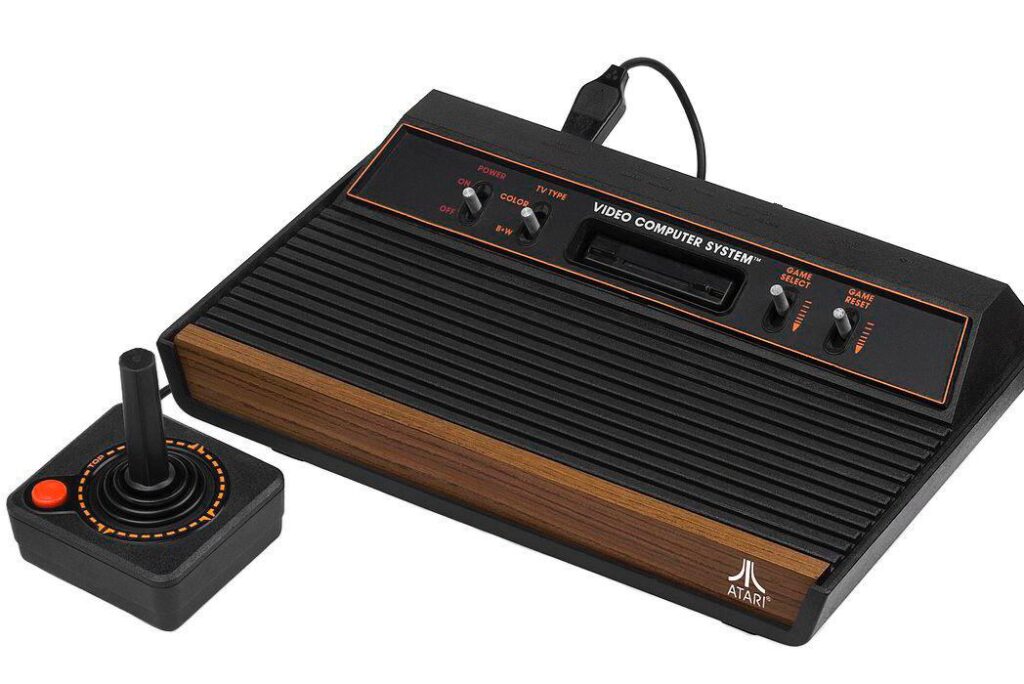
Before the arrival of the Atari Video Computer System (later known as the Atari 2600), video games were largely confined to arcade halls and a few rudimentary home consoles. The 2600 changed everything by introducing the revolutionary concept of interchangeable game cartridges. This meant users weren’t stuck with a handful of built-in games; they could endlessly expand their library. With its signature black console, clunky joystick, and woodgrain finish, the Atari brought the full arcade experience, with early versions of classics like Space Invaders and Pac-Man, directly into the living room. It was the console that truly popularized home video gaming, turning an emerging hobby into a mainstream entertainment phenomenon. For the children of the late ’70s, owning an Atari wasn’t just fun; it was the ultimate badge of cool, kickstarting the multi-billion-dollar home console industry we know today.
6. Rubik’s Cube (1974)

The vibrant, brain-teasing Rubik’s Cube was initially conceived by Hungarian architecture professor Ernő Rubik not as a toy, but as a teaching tool to help his students better understand three-dimensional movement and spatial geometry. However, once he realized its addictive puzzle potential, the colorful cube became a worldwide sensation after its international launch in 1980. The simple premise, scrambling the colors and then twisting and turning the faces until all nine squares on each of the six sides are a single, solid color, masked an astonishing 43 quintillion possible permutations. It blended a simple, playful tactile experience with a deep intellectual challenge, sparking a global craze for speed-solving competitions and capturing a playful, often frustrating, spirit of the decade. The cube remains one of the best-selling toys of all time, proving its timeless appeal as an analog puzzle in a digital world.
7. The Laser Printer (1976)
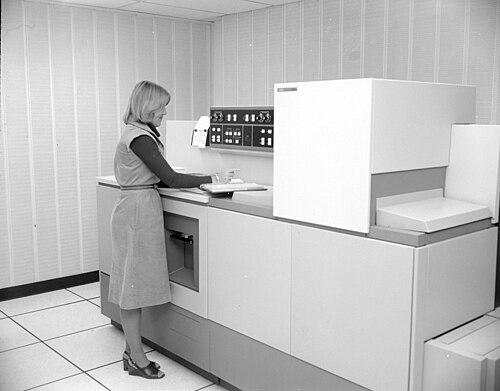
The introduction of the Xerox 9700 Electronic Printing System, the first commercial laser printer, marked a sea change in how offices and businesses managed documents. Before its arrival, printing in volume meant using either the slow, noisy daisy-wheel printers or the clunky, expensive printing press technology. The laser printer delivered crisp, high-resolution pages at an unprecedented speed, operating on the principle of using a precisely aimed laser beam to form an image on a photosensitive drum, which then attracts dry ink powder (toner). This process transformed the workplace by making it possible to create professional-quality documents quickly and efficiently in-house. While the initial machines were massive and costly, the underlying technology became the first step toward the modern home printer, eventually making high-quality, fast document printing accessible to virtually everyone.
8. VCRs (Mid-1970s)
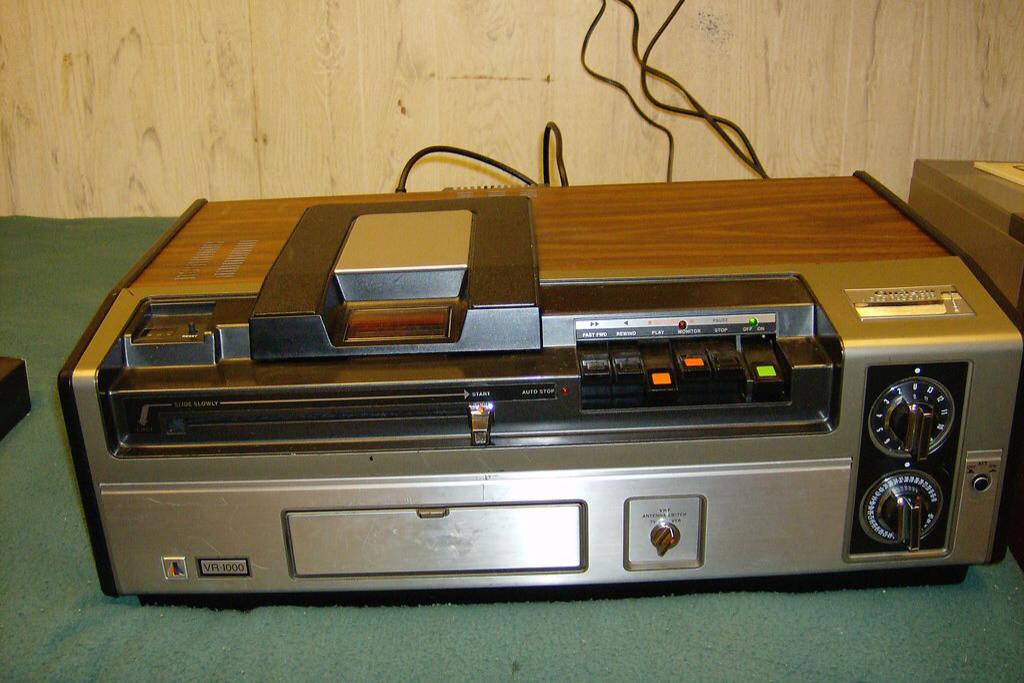
The Video Cassette Recorder (VCR) profoundly reshaped home entertainment and viewing habits. Before the VCR, television was a schedule-dependent medium; if you missed a show, you simply missed it. The VCR, which emerged commercially in the mid-1970s, allowed families to perform two revolutionary acts: time-shifting (taping a favorite show to watch later) and movie rental (watching rented or purchased movies at home). The famous format war between Sony’s Betamax and JVC’s VHS defined the era, with VHS eventually winning the battle due to longer recording times and better licensing. The VCR transformed the television from a fleeting broadcast into a personal library, fundamentally altering how content was consumed and paving the way for on-demand media, cable pay-per-view, and the creation of the home video rental industry.
9. LCD Screens (1970s)

The first commercial applications of Liquid Crystal Display (LCD) technology in the 1970s seemed like pure science fiction at the time. Suddenly, consumers could own calculators and digital watches that displayed glowing, segmented numbers on a tiny, flat screen instead of relying on mechanical dials or bulky, power-hungry Light-Emitting Diodes (LEDs). Though primitive by today’s standards, these early displays were incredibly important, as they established the concept of the low-power, flat-panel digital screen. LCD technology works by using the electric field to manipulate liquid crystals, which filter polarized light. This breakthrough laid the essential groundwork for modern laptops, flatscreen televisions, tablet computers, and the ubiquitous smartphone display, all of which owe their existence to this subtle but powerful ’70s innovation.
10. Digital Cameras (1975)
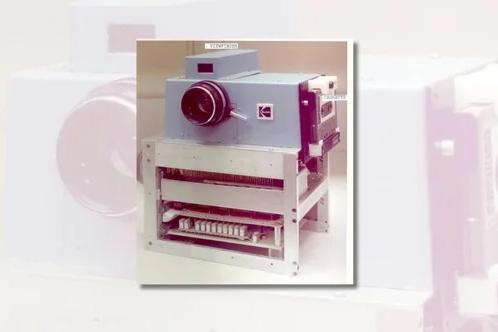
While it would take another two decades for the technology to go mainstream, the very first digital camera prototype was built in 1975 by Kodak engineer Steven Sasson. The initial device was anything but practical: it weighed eight pounds, took a full 23 seconds to record a single black-and-white image, and had a meager resolution of just 0.01 megapixels. However, the camera was a profound proof of concept, it proved that photos could be captured without the need for light-sensitive film or chemical processing. This invention was decades ahead of its time, directly foreshadowing the rise of digital photography, camera phones, and the instant, shareable imagery that dominates modern communication. Ironically, this world-changing invention was created by the company whose film-based business model it would eventually bring to an end.
11. Ethernet (1973)
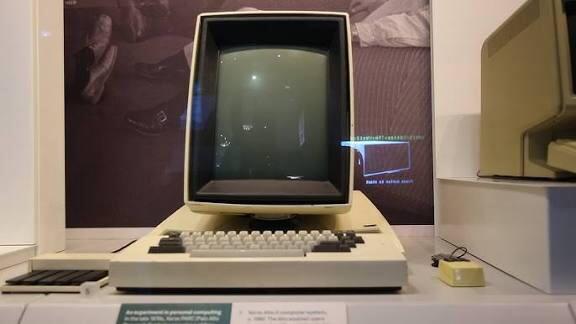
Developed by Robert Metcalfe and his colleagues at Xerox PARC (Palo Alto Research Center), Ethernet was initially conceived as a way to link the computers and printers in a local office environment to create a Local Area Network (LAN). It was an obscure, highly technical solution that used coaxial cables to allow machines to communicate and share resources, such as the newly invented laser printer. What started as a technical office networking solution rapidly became the global standard for connecting computers. The fundamental principles of Ethernet, managing data packets, collision detection, and addressing, were critical in establishing a stable, scalable method for machine-to-machine communication. Without the development and standardization of Ethernet, there would simply be no way to build and maintain the massive, interconnected World Wide Web as we know it, making it one of the decade’s most quietly world-changing infrastructure inventions.
12. The Inkjet Printer (1970s)
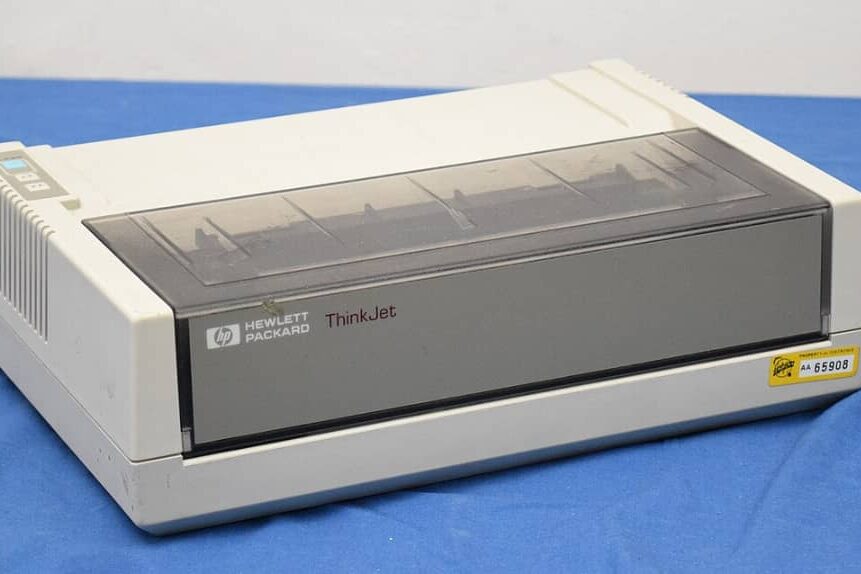
While the technology was continually refined throughout the 1980s, the first working prototypes of the inkjet printer emerged from both Canon and Hewlett-Packard in the 1970s. These machines offered a new promise: high-quality, high-speed printing that was quieter and more precise than the noisy, slow dot matrix printers that dominated offices. The core innovation of the inkjet was its ability to eject microscopic droplets of ink onto paper with extreme accuracy, often through heat or vibration. This groundbreaking process meant that complex graphics and polished documents could be created outside of professional print shops for the first time. Over time, the inkjet printer became a ubiquitous home and office tool, shrinking the power of professional publishing and high-resolution color graphics down to a compact, affordable desktop device.
13. Cell Phones (1973)
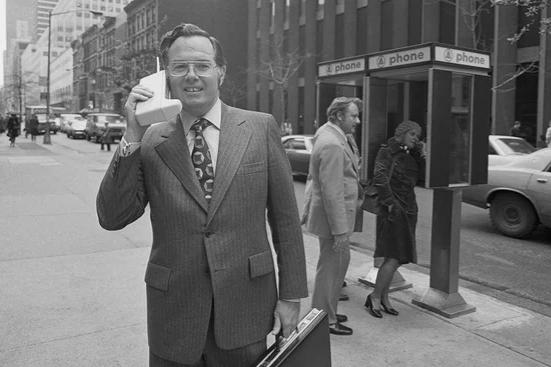
On a sidewalk in New York City in 1973, Motorola engineer Martin Cooper made the world’s first public mobile phone call on the DynaTAC 8000x. The iconic device was a true “brick,” weighing nearly two pounds and offering only about 30 minutes of talk time after a ten-hour charge. It was hardly a practical consumer item at the time, but the call, to his main competitor at Bell Labs, was a revolutionary moment. The first cell phone call proved that personal, untethered communication was possible, ushering in the concept of a wireless, personal telephone number independent of a fixed location. Few people then could have imagined that the clumsy device would evolve into the sleek, powerful smartphone carried by billions of people today, but that moment of clumsy, two-pound communication started the entire mobile revolution.
14. Genetic Engineering (1973)
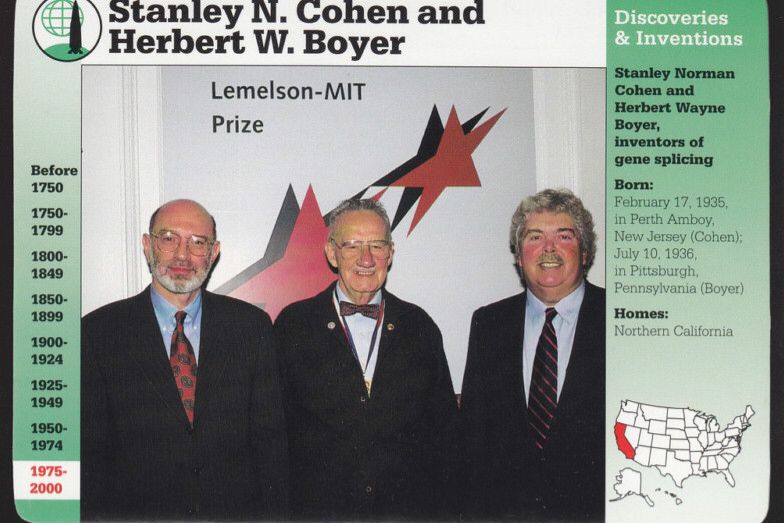
The year 1973 saw one of the most profound biological breakthroughs in history when scientists Herbert Boyer and Stanley Cohen successfully created the first genetically modified organism (GMO). They achieved this by inserting a piece of foreign DNA into a bacterium using a process called recombinant DNA technology. This groundbreaking achievement demonstrated that DNA, the fundamental blueprint of life, could be intentionally isolated, cut, and pasted from one organism into another. The implications were enormous, opening the door to entirely new fields of study and application, including the creation of vital medicines (like synthetic insulin), pest-resistant agriculture, and advanced diagnostic tools. While the headlines were dominated by disco and politics, genetic engineering was quietly rewriting the blueprint for the future of biology and medicine.
15. The Altair 8800 (1975)
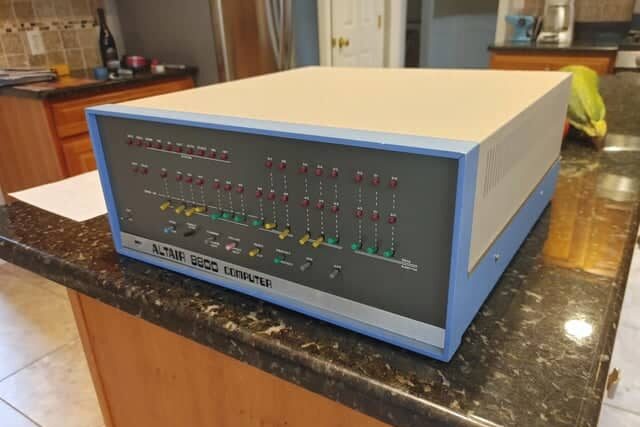
Often cited as the spark that ignited the personal computer revolution, the Altair 8800 was sold primarily as a kit for hobbyists through Popular Electronics magazine. It was a metal box covered in toggle switches and blinking lights, requiring users to manually input data using binary code. Yet, this humble box was marketed as a “minicomputer” and quickly became a massive hit. The Altair inspired a generation of tech pioneers, most notably a young Bill Gates and Paul Allen, who realized the machine needed software. They developed a version of the BASIC programming language for the Altair, which led to the founding of Microsoft. The Altair 8800 was more than a kit; it was the first commercially successful machine that people could own and program themselves, marking the true dawn of the personal computing era from a simple, garage-built invention.
The 1970s, it turns out, were far more than just leisure suits and lava lamps. It was a decade of intense creativity, bridging the analog past with the computer-driven future. What ’70s invention do you still use every single day?
This story From Post-its to the First PC: 15 Inventions That Defined the 1970s was first published on Daily FETCH


